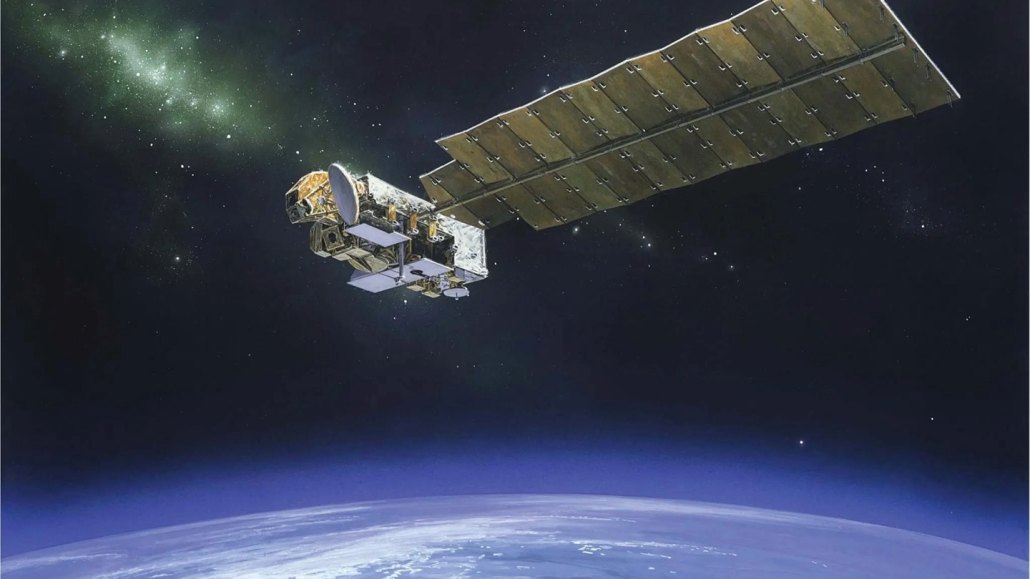The ozone layer shields life on Earth. We’ll soon lose a key way to monitor its health
NASA's Aura and Canada's SCISAT near the end of missions to monitor ozone-depleting substances

NASA’s Aura satellite (illustrated) has been orbiting Earth for more than 20 years. It is expected to run out of power in mid-2026.
NASA